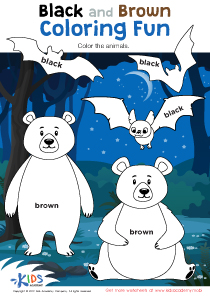Color recognition English for Beginners Worksheets for Ages 5-9
21 filtered results
-
From - To
Unlock the vibrant world of colors with our "Color Recognition English for Beginners Worksheets" designed for ages 5-9! These engaging, hands-on worksheets help young learners develop essential vocabulary while enhancing their color recognition skills. Each activity features colorful illustrations and interactive exercises, making learning fun and effective. Perfect for both classroom and home use, these worksheets support early English language development by fostering creativity and engagement. Children will practice identifying, naming, and using colors in context, building confidence in their language abilities. Explore our collection today and watch your child blossom into a skilled communicator through the magic of colors!


Red and Blue Coloring Fun Worksheet


Yellow and Green Coloring Fun Worksheet
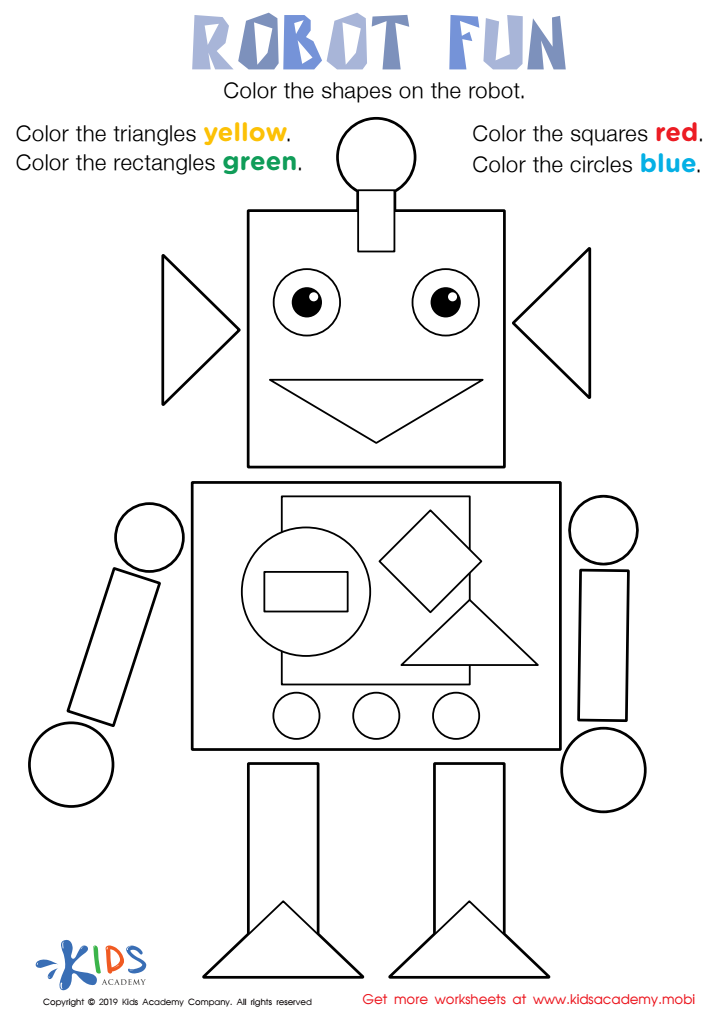

Robot Fun Worksheet
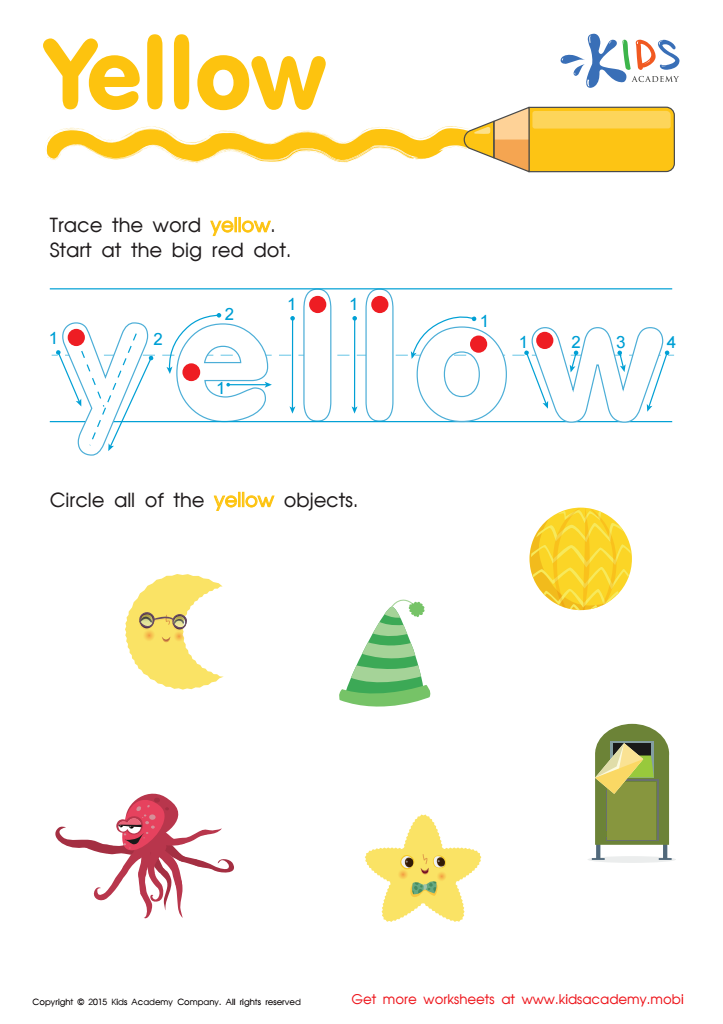

Yellow Tracing Color Words Worksheet
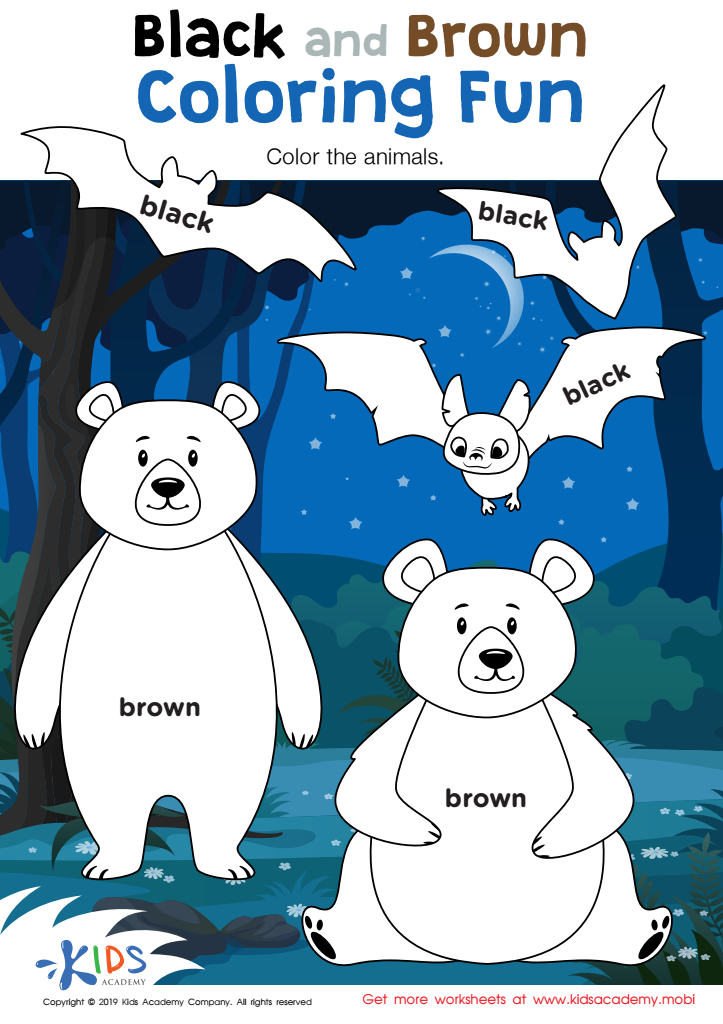

Black and Brown Coloring Fun Worksheet


Pink Tracing Color Words Worksheet


Purple and Orange Coloring Fun Worksheet
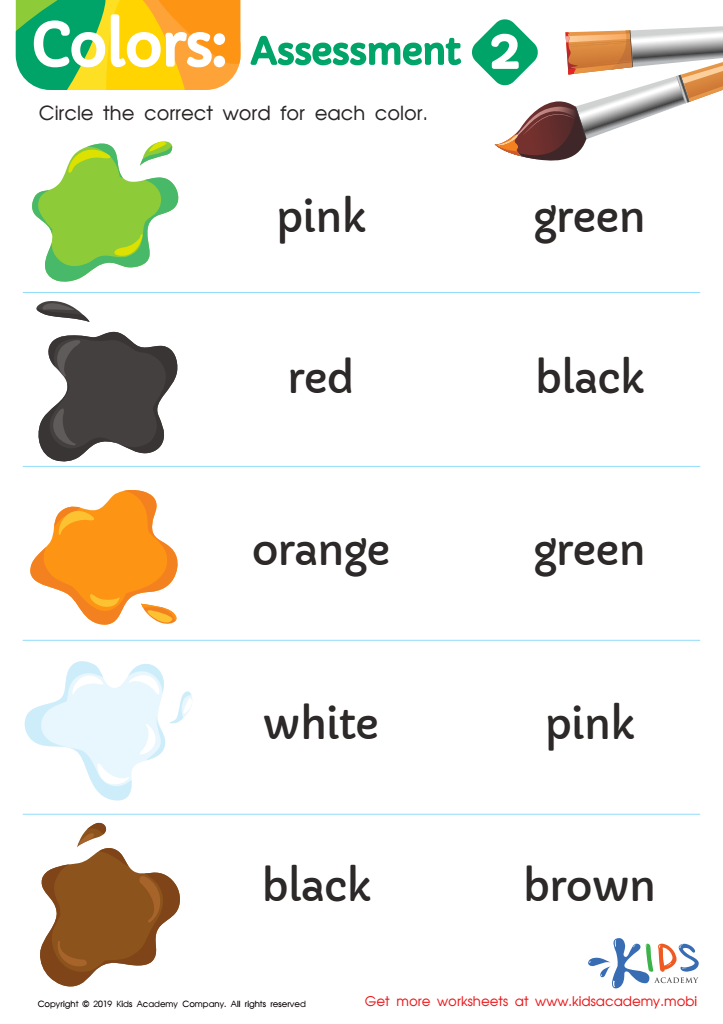

Colors: Assessment 2 Worksheet


Colors: Assessment 1 Worksheet
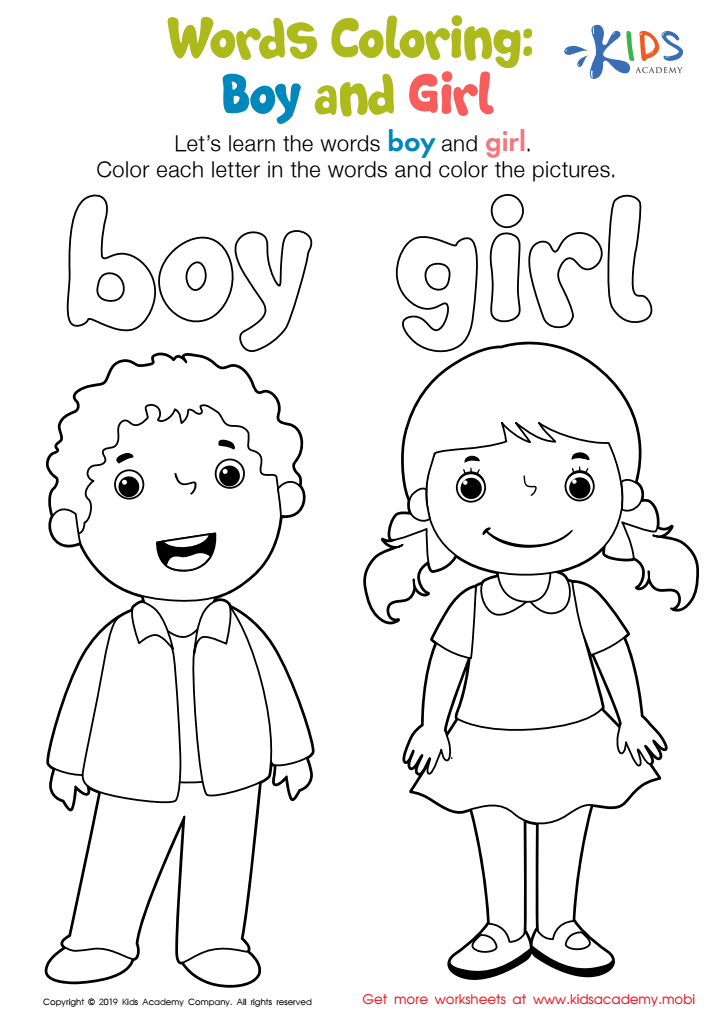

Boy and Girl Words Coloring Worksheet
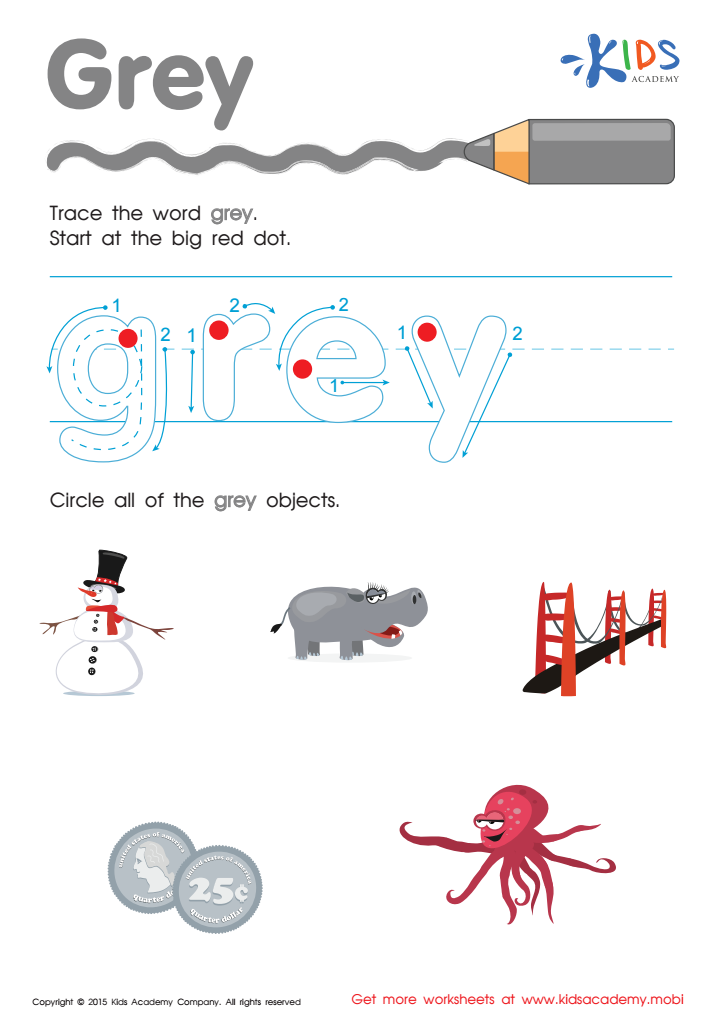

Grey Tracing Color Words Worksheet
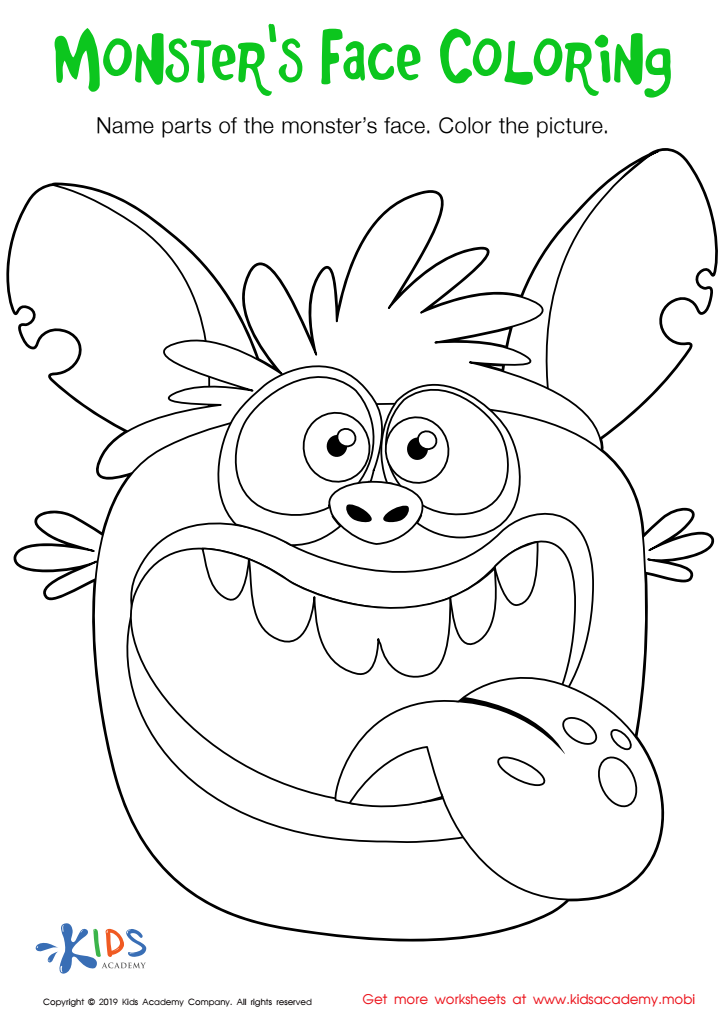

Monster's Face Coloring Worksheet
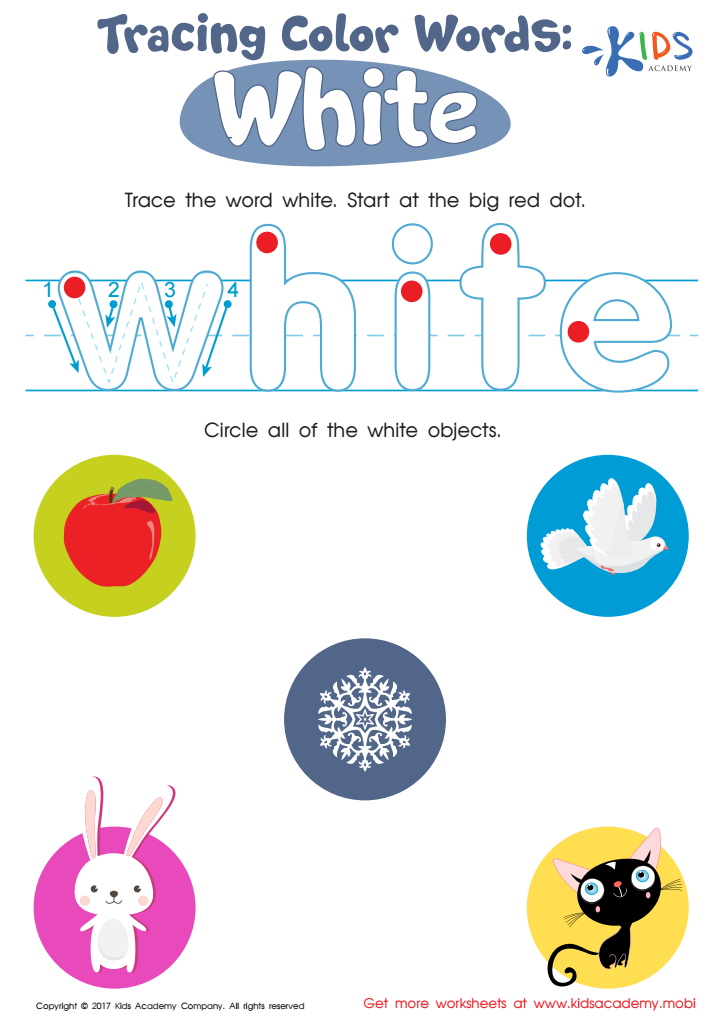

White Tracing Color Words Worksheet
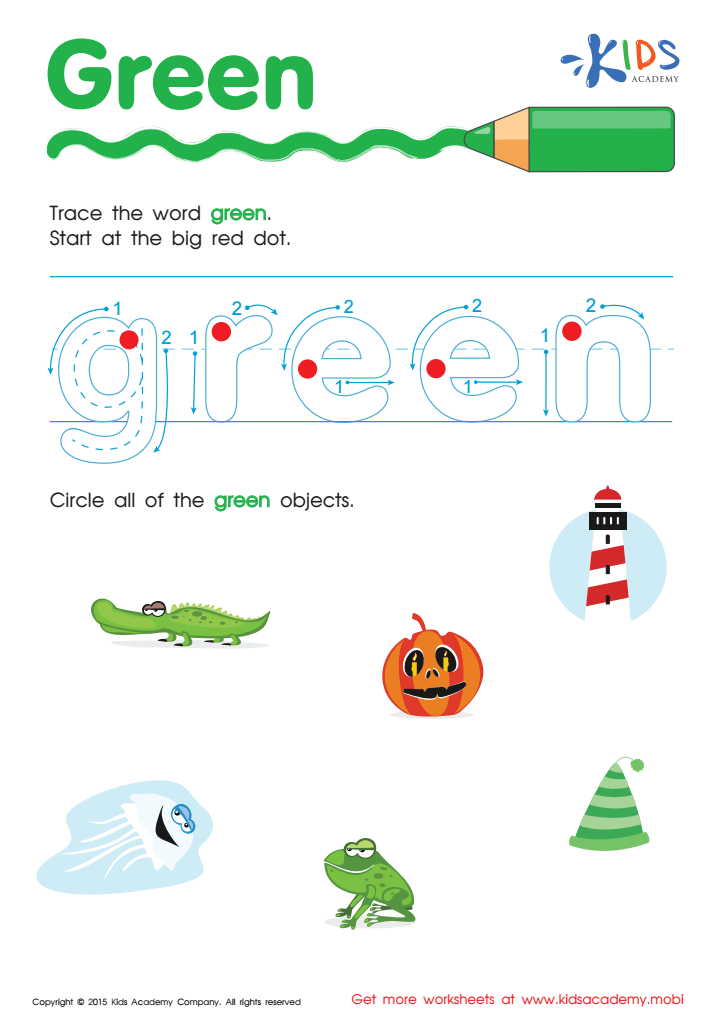

Green Tracing Color Words Worksheet


Tired and Worried Words Coloring Worksheet
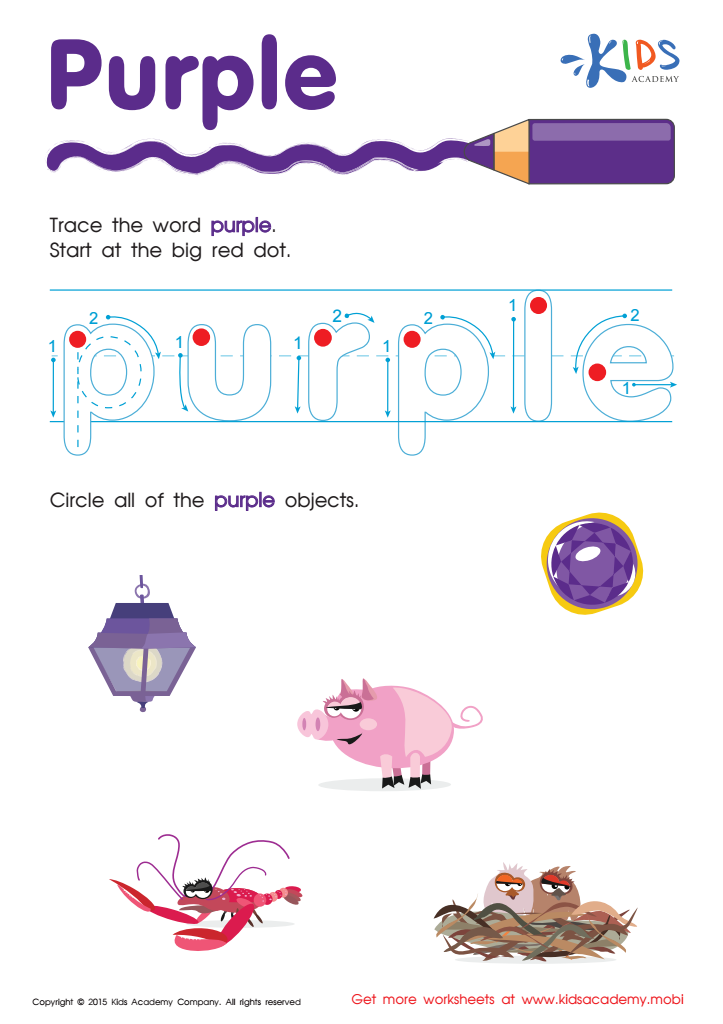

Purple Tracing Color Words Worksheet
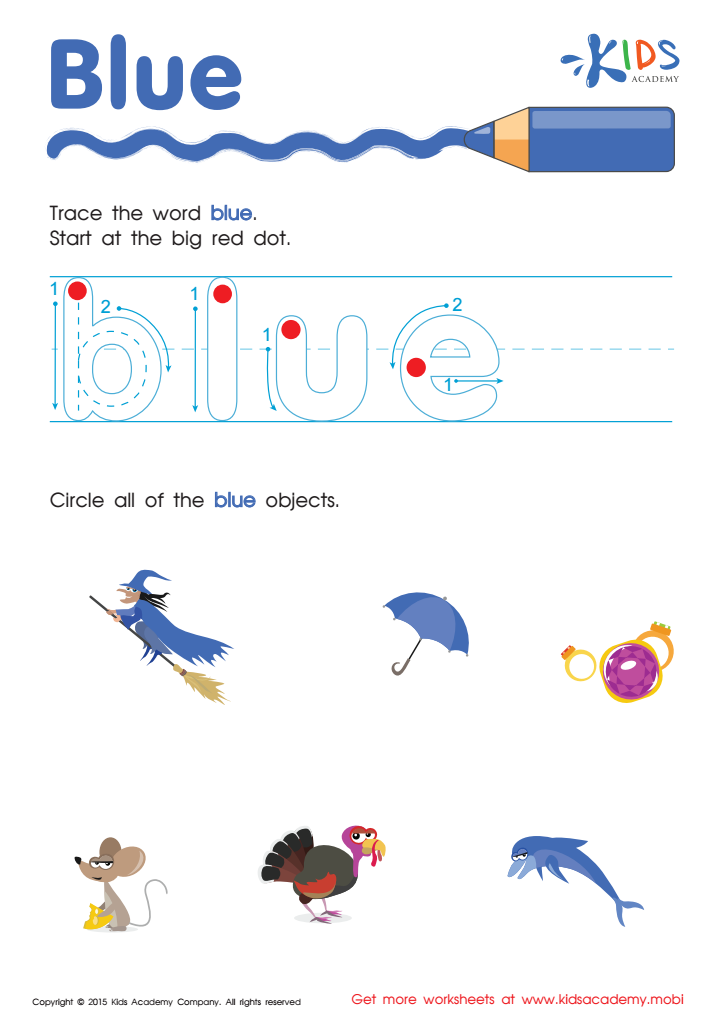

Blue Tracing Color Words Printable
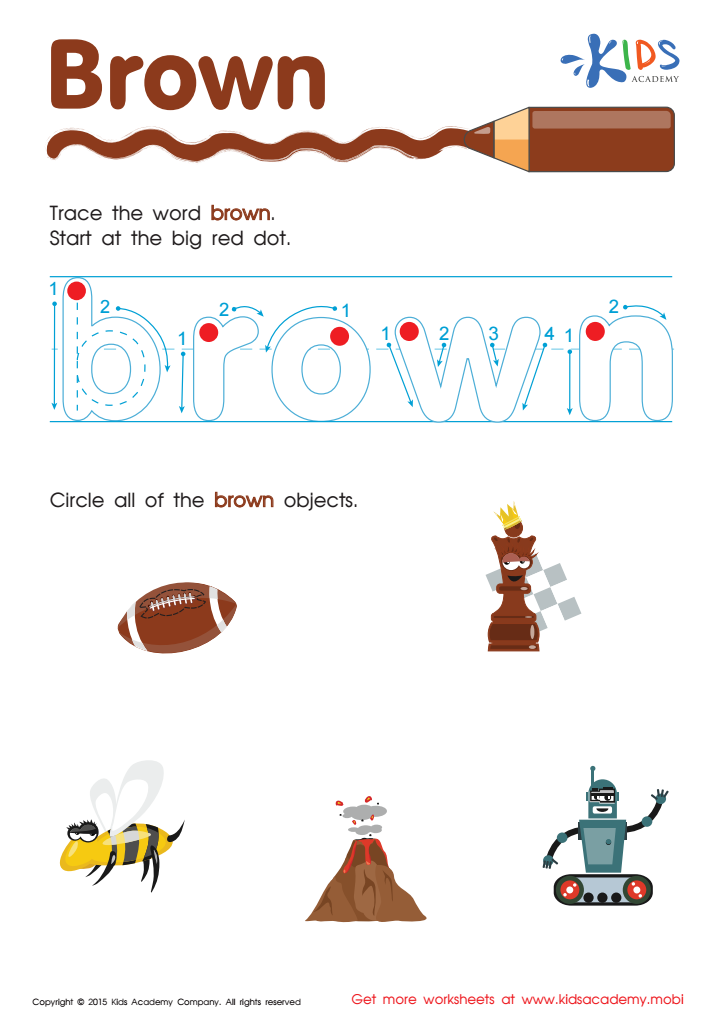

Brown Tracing Color Words Worksheet
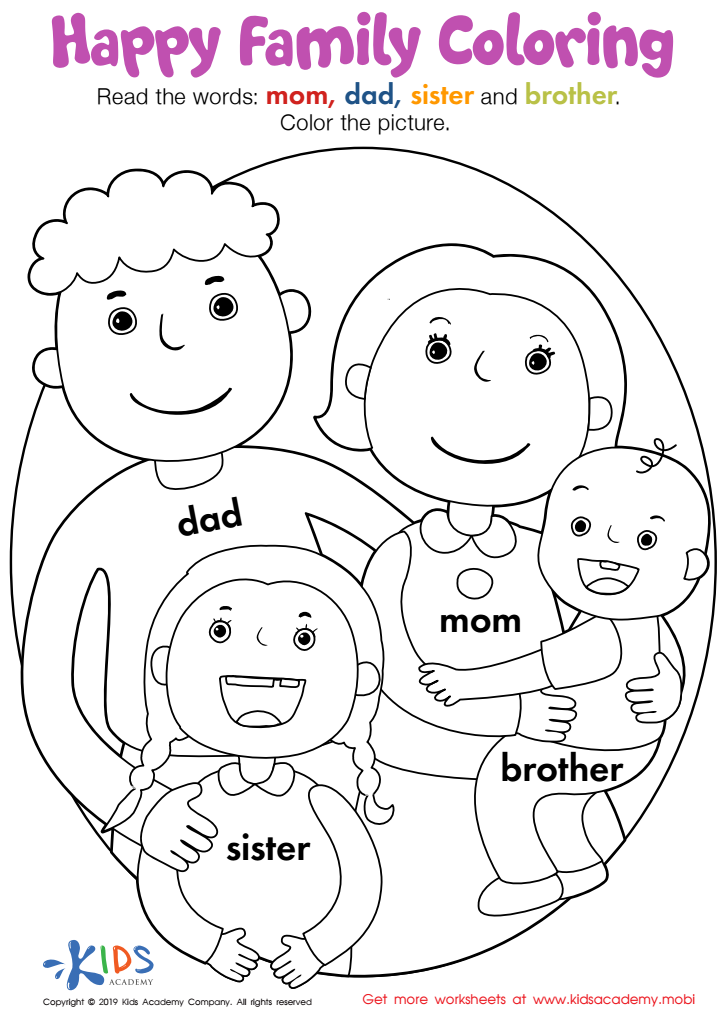

Happy Family Coloring Worksheet


White and Pink Coloring Fun Worksheet
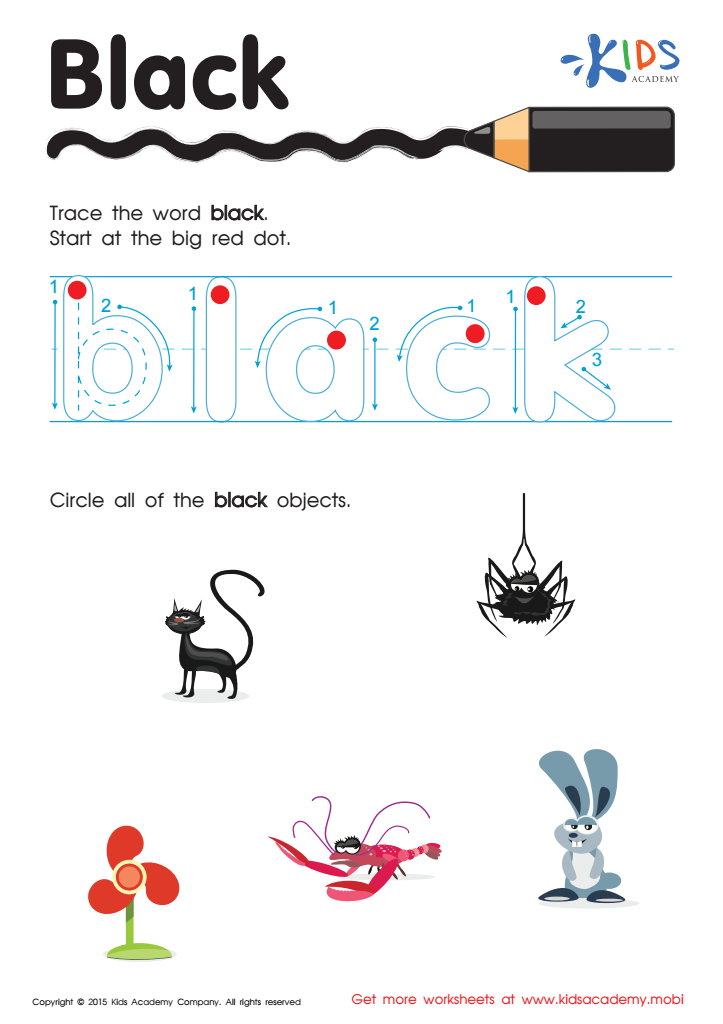

Black Tracing Color Words Printable
Color recognition is a fundamental skill crucial for early childhood development and lays the groundwork for various learning experiences. For parents and teachers working with children ages 5-9, understanding colors goes beyond mere identification; it encompasses the ability to categorize, compare, and express creativity. Learning about colors enhances cognitive skills as children begin to associate different hues with objects and their surroundings, facilitating language development and vocabulary expansion.
Furthermore, color recognition plays a pivotal role in a child’s emotional and social growth. Activities involving colors can promote teamwork and communication, as children often engage in group play or art projects. Recognizing colors can also help children express their preferences and feelings, fostering their emotional intelligence.
Additionally, being proficient in color identification supports future learning across subjects such as math, where color coding can aid in problem-solving, and art, where it encourages creative expression. By focusing on color recognition, parents and teachers are investing in holistic development, equipping children with essential skills that will serve them throughout their educational journey and beyond. Cultivating this understanding can create a foundation for critical thinking, creativity, and effective communication, essential traits for lifelong learning.
 Assign to My Students
Assign to My Students










